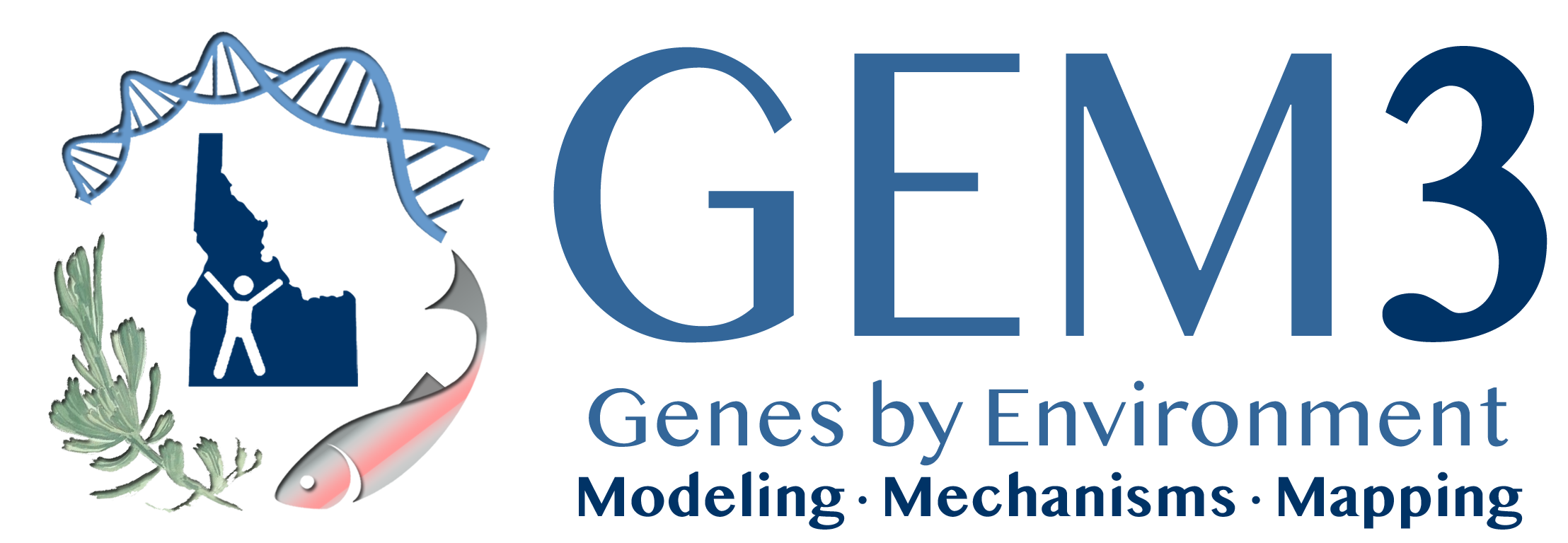Interannual variation, especially weather, is an often-cited reason for restoration “failures”; yet its importance is difficult to experimentally isolate across broad spatiotemporal extents, due to correlations between weather and site characteristics. We examined post-fire treatments within sagebrush-steppe ecosystems to ask: (1) Is weather following seeding efforts a primary reason why restoration outcomes depart from predictions? and (2) Does the management-relevance of weather differ across space and with time since treatment? Our analysis quantified range-wide patterns of sagebrush (Artemisia spp.) recovery, by integrating long-term records of restoration and annual vegetation cover estimates from satellite imagery following thousands of post-fire seeding treatments from 1984 to 2005. Across the Great Basin, sagebrush growth increased in wetter, cooler springs; however, the importance of spring weather varied with sites' long-term climates, suggesting differing ecophysiological limitations across sagebrush's range. Incorporation of spring weather, including from the “planting year,” improved predictions of sagebrush recovery, but these advances were small compared to contributions of time-invariant site characteristics. Given extreme weather conditions threatening this ecosystem, explicit consideration of weather could improve the allocation of management resources, such as by identifying areas requiring repeated treatments; but improved forecasts of shifting mean conditions with climate change may more significantly aid the prediction of sagebrush recovery.
(a) Locations of 2726 sites that received seeding treatments following fires between 1984 and 2005, based on the Land Treatment Digital Library. Points indicate centroids of spatially contiguous clusters of pixels and have been slightly offset to reduce overlap. Point color reflects sites' mean sagebrush cover 10 years following treatment. (b–d) the range of 30-year mean spring (February–April) climate conditions for these sites (in blue), compared to the annual weather conditions (in teal) observed in the first 4 years following fire.
| GEM3 author(s) | |
| Year published |
2022
|
| Journal |
Conservation Science and Practice
|
| DOI/URL | |
| Mentions grant |
Yes
|
